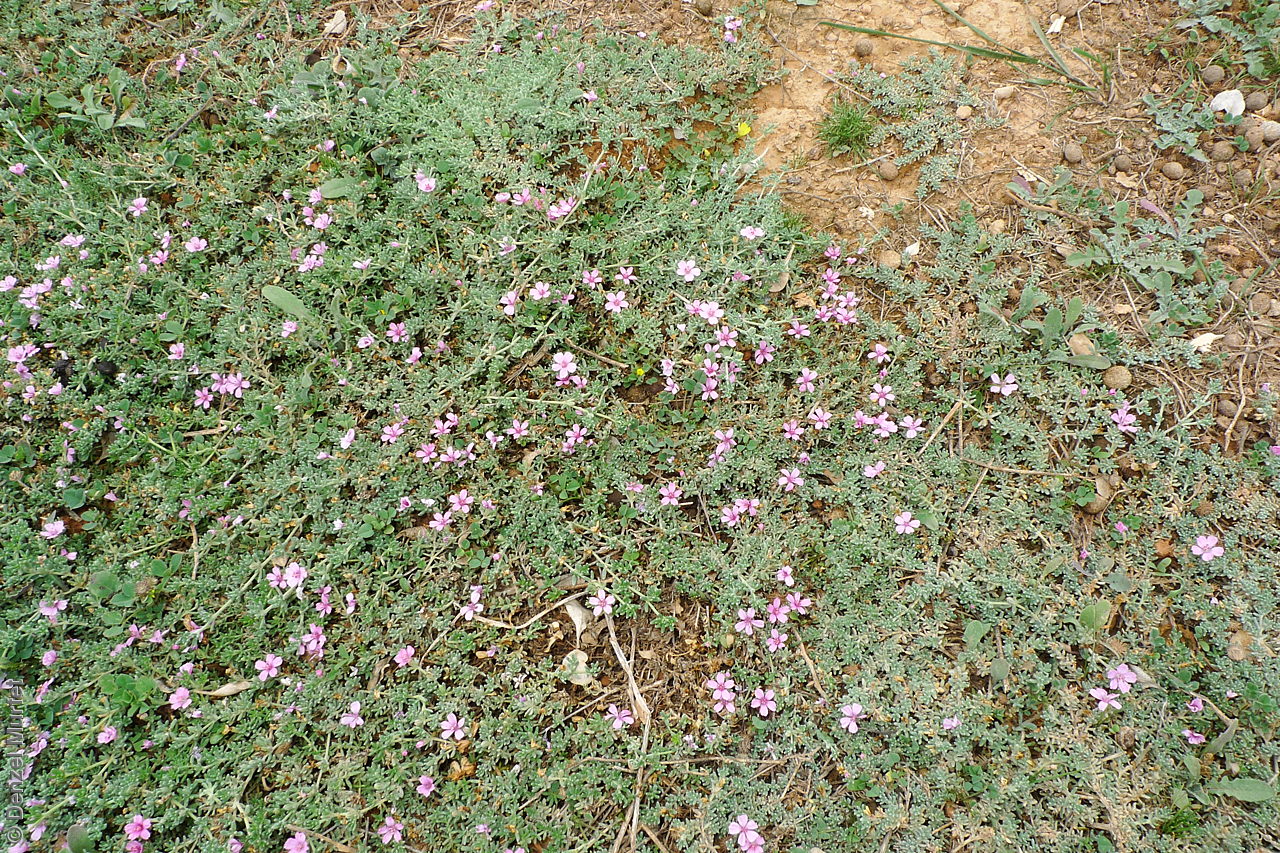
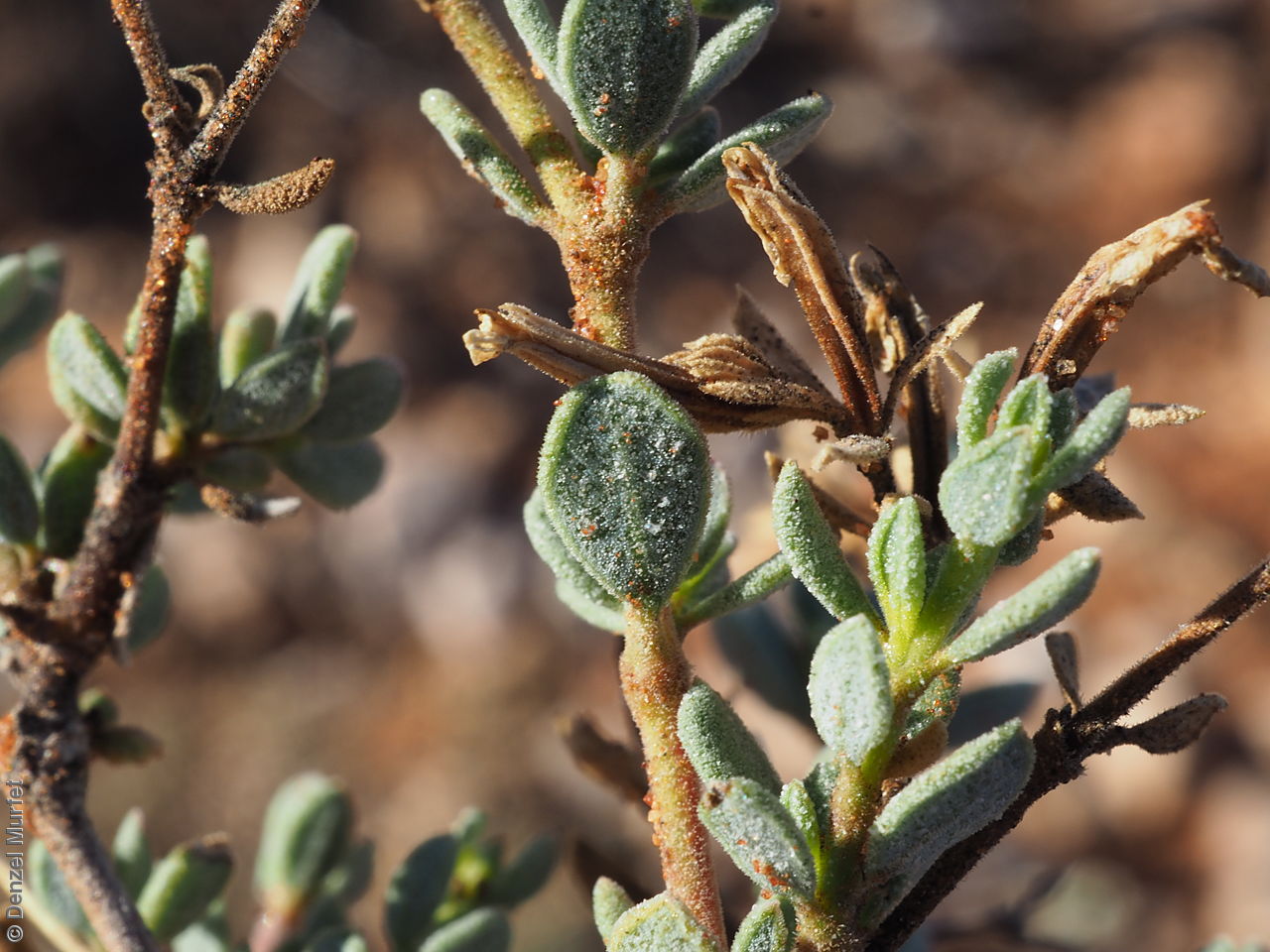
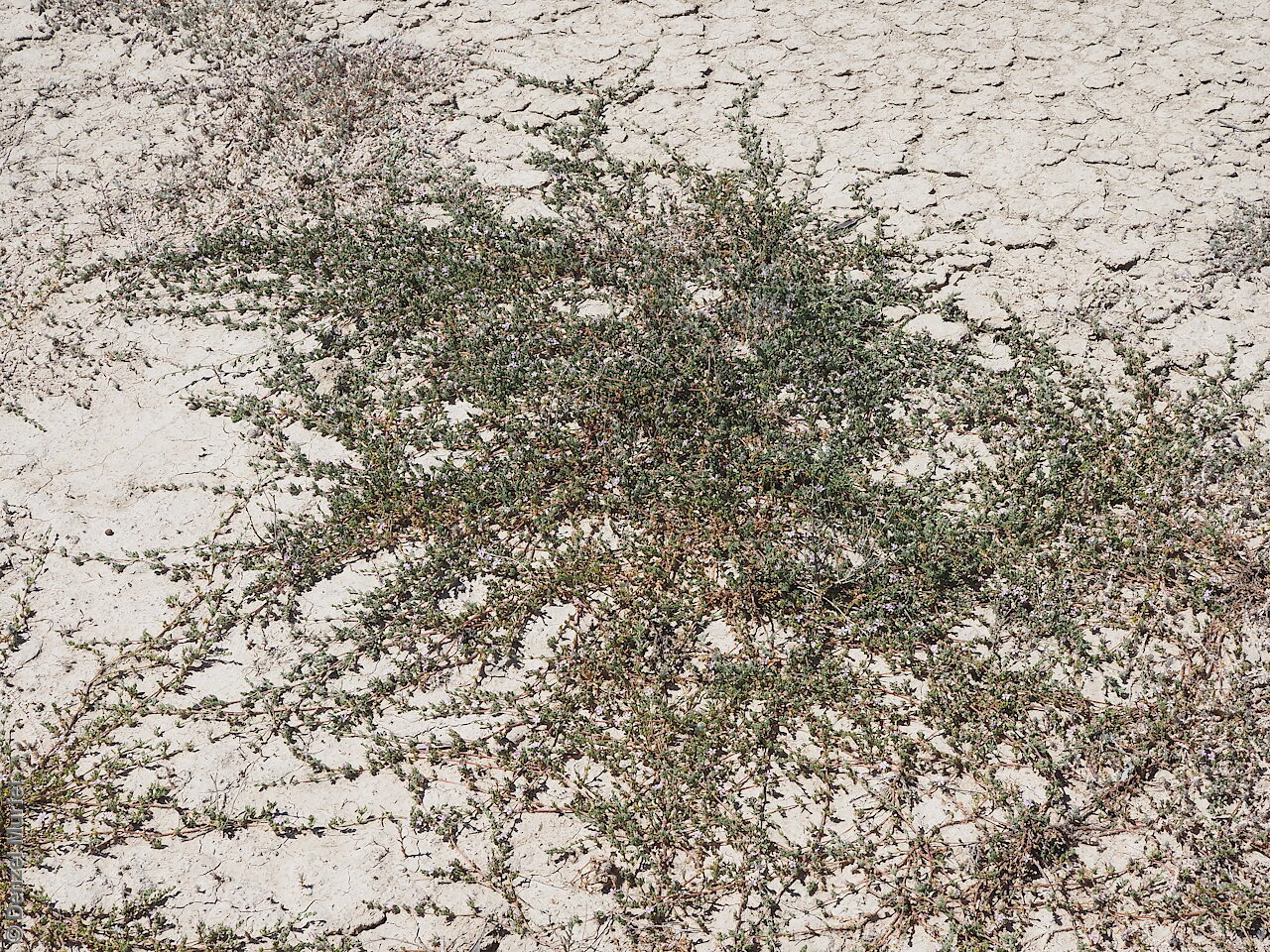
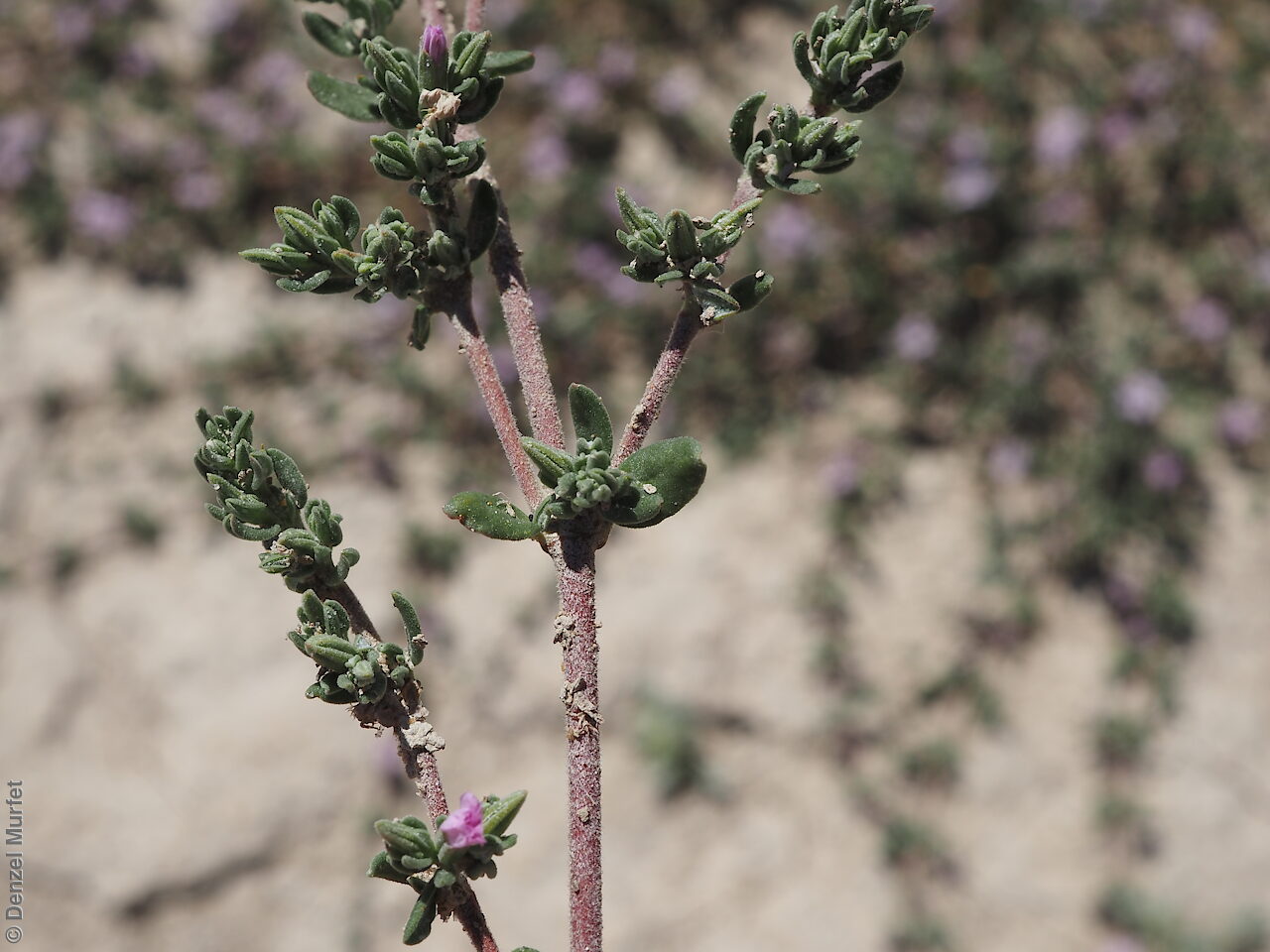
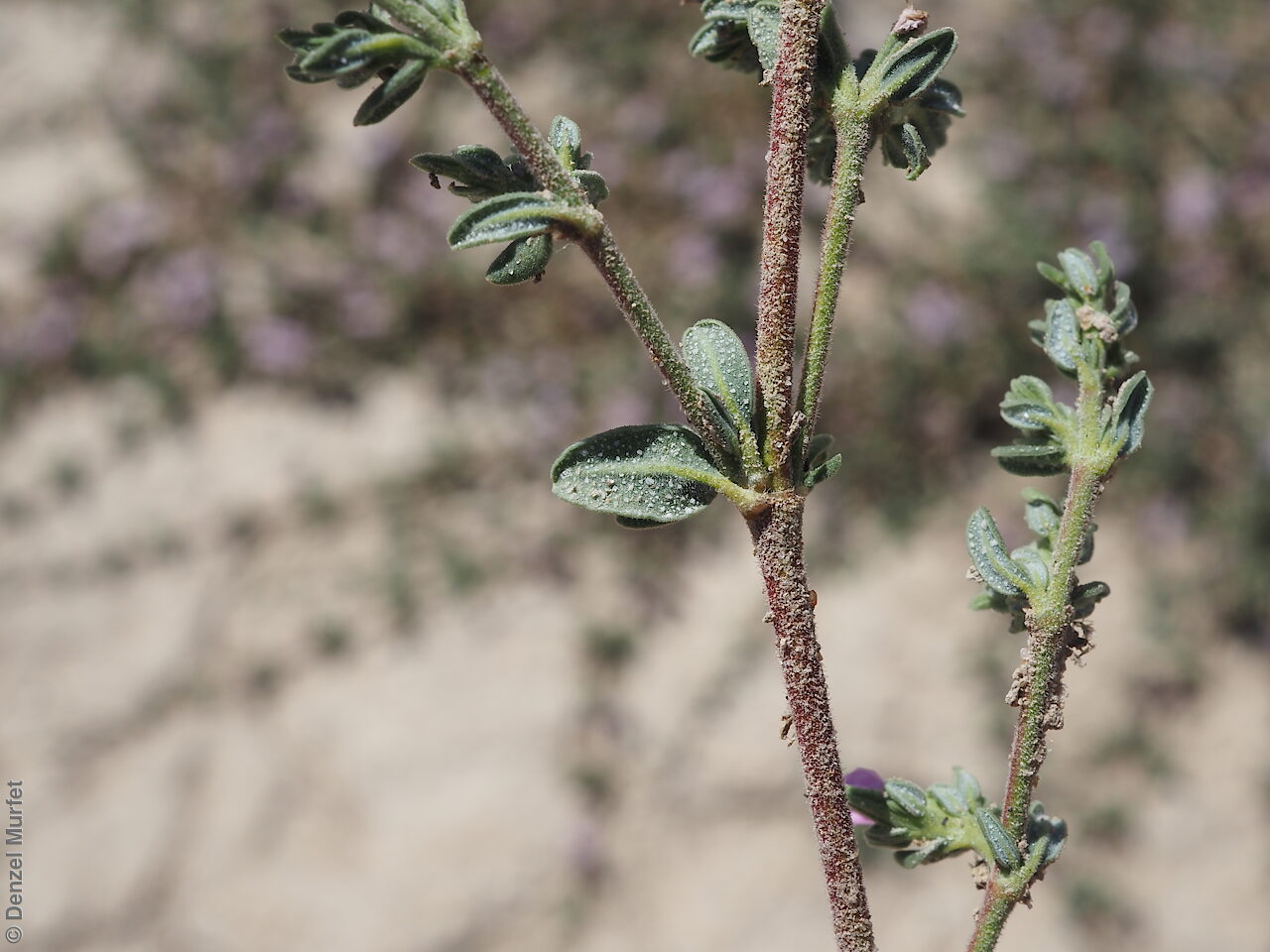
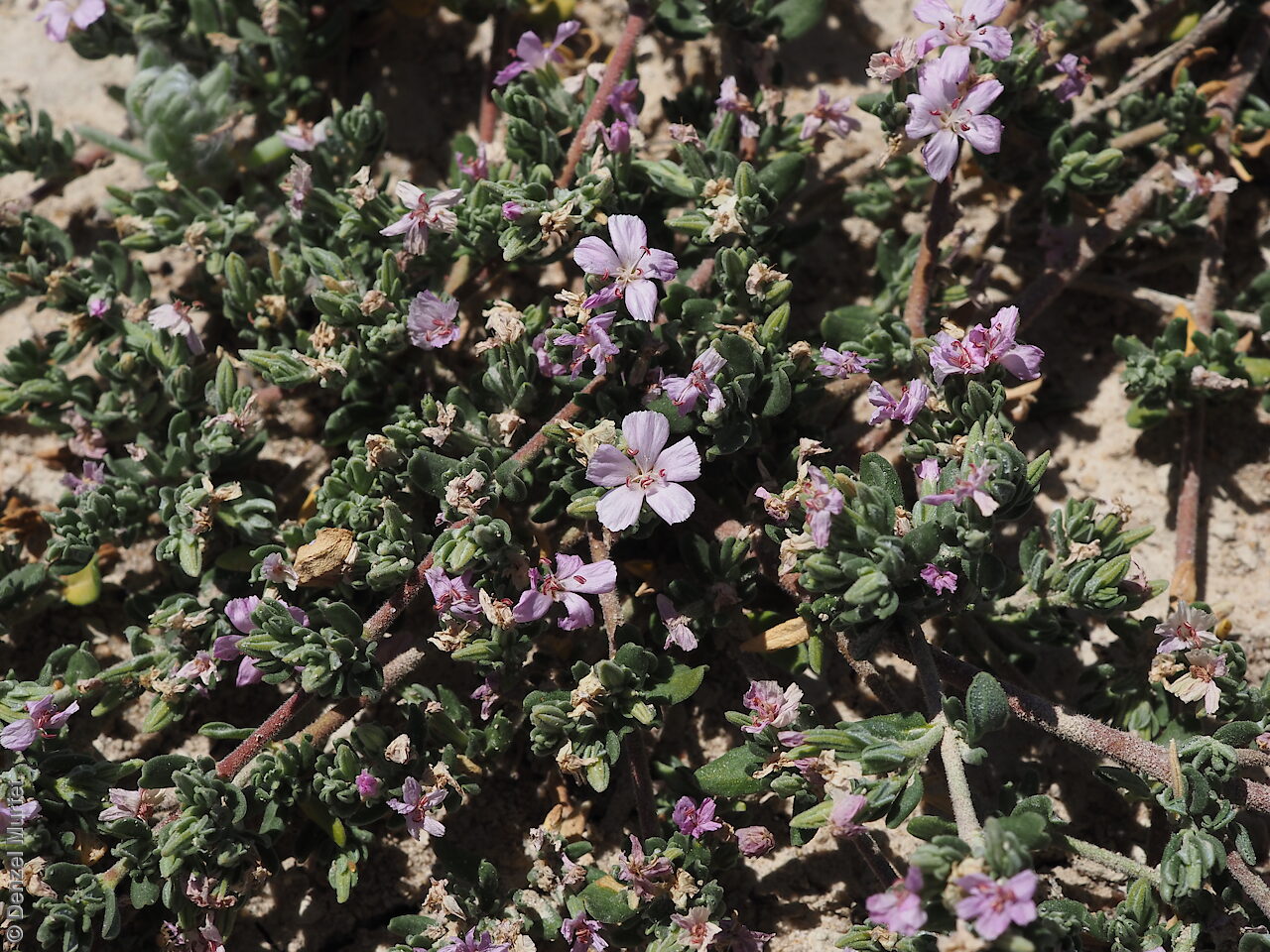
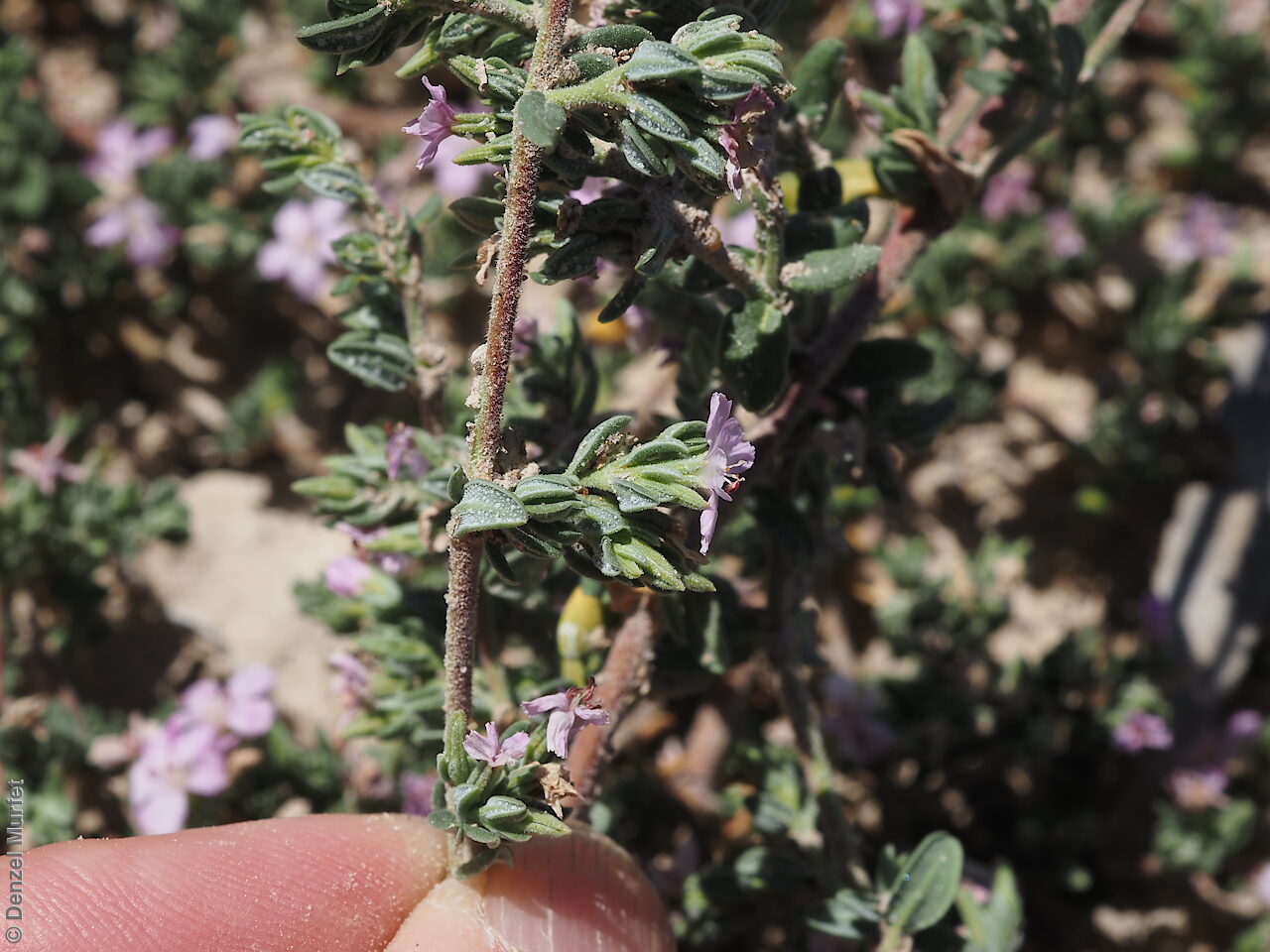
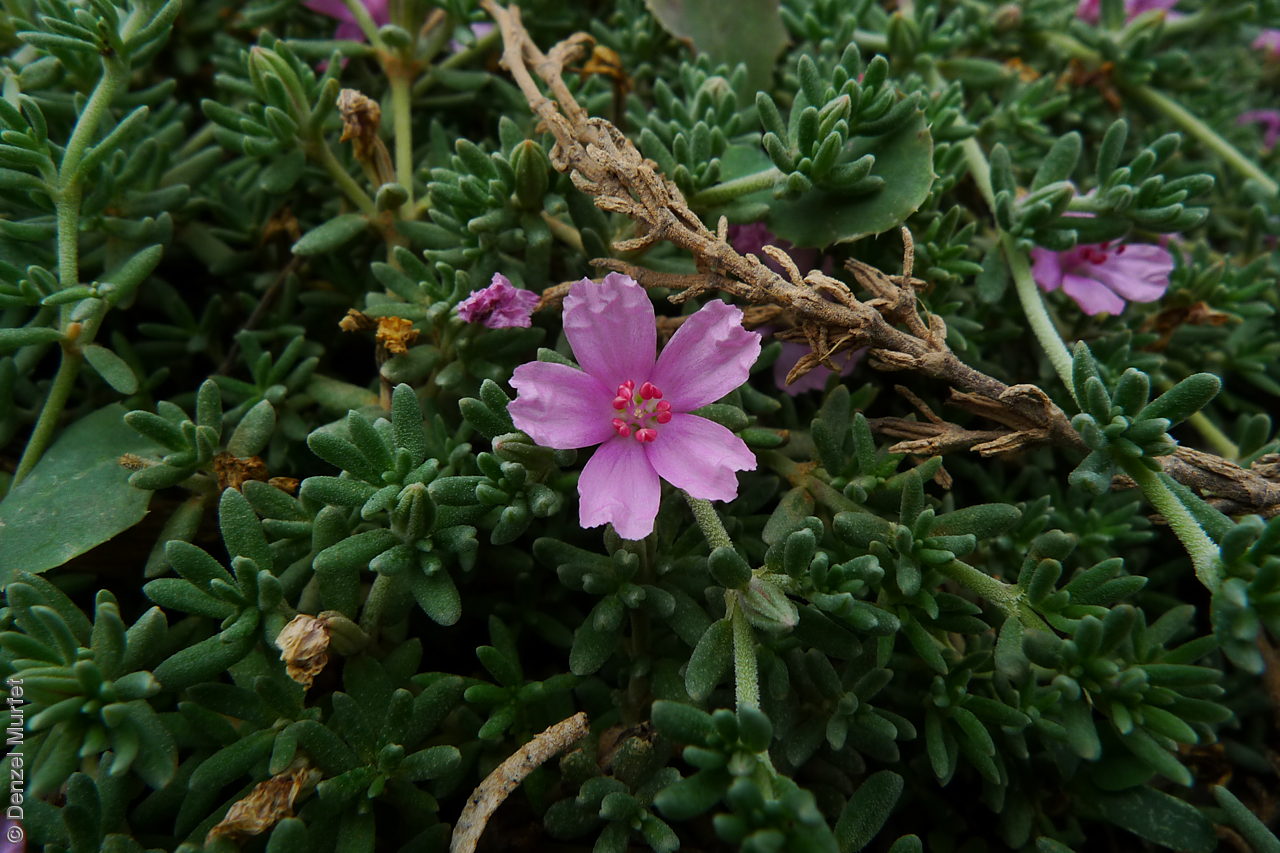

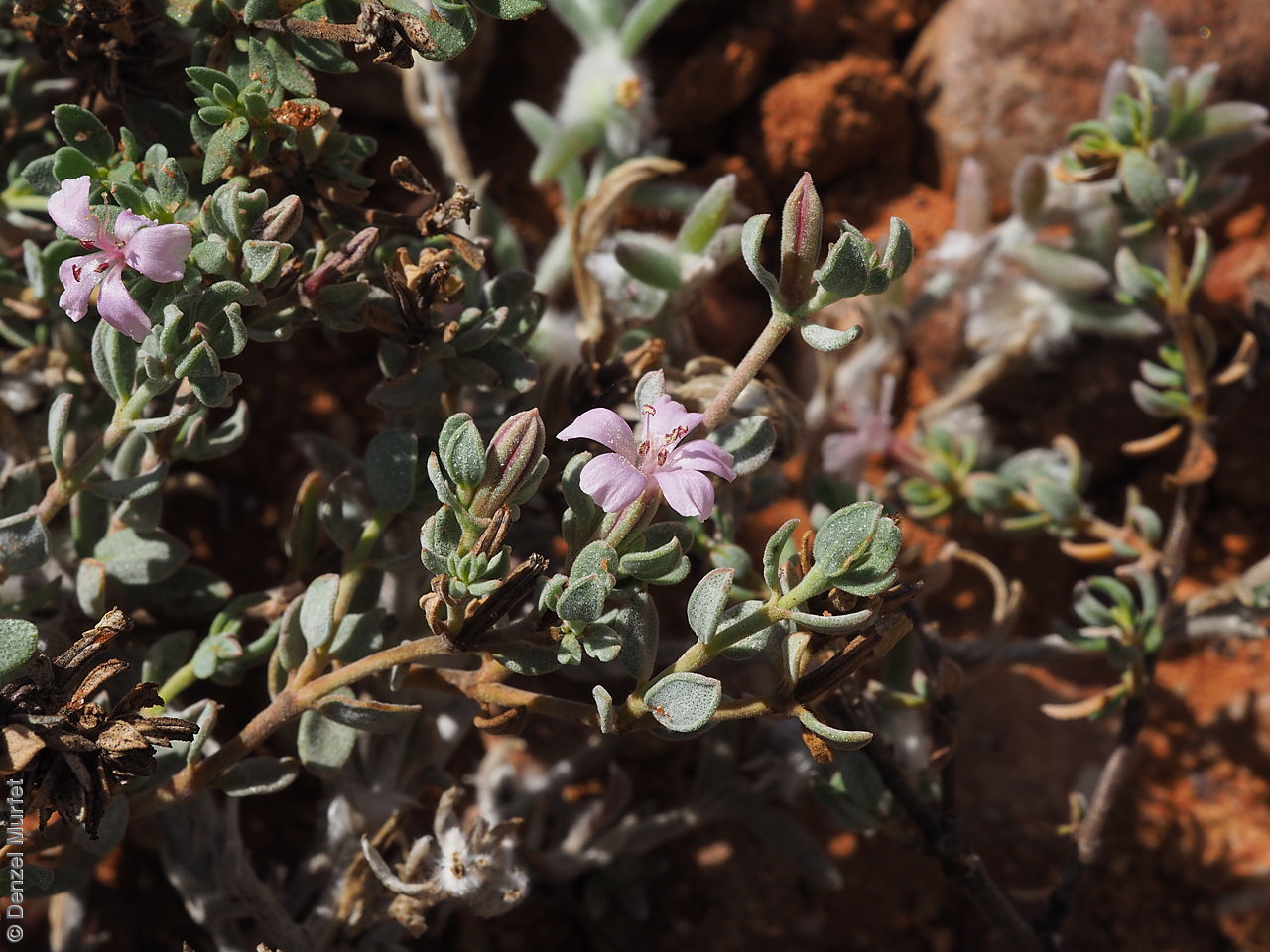
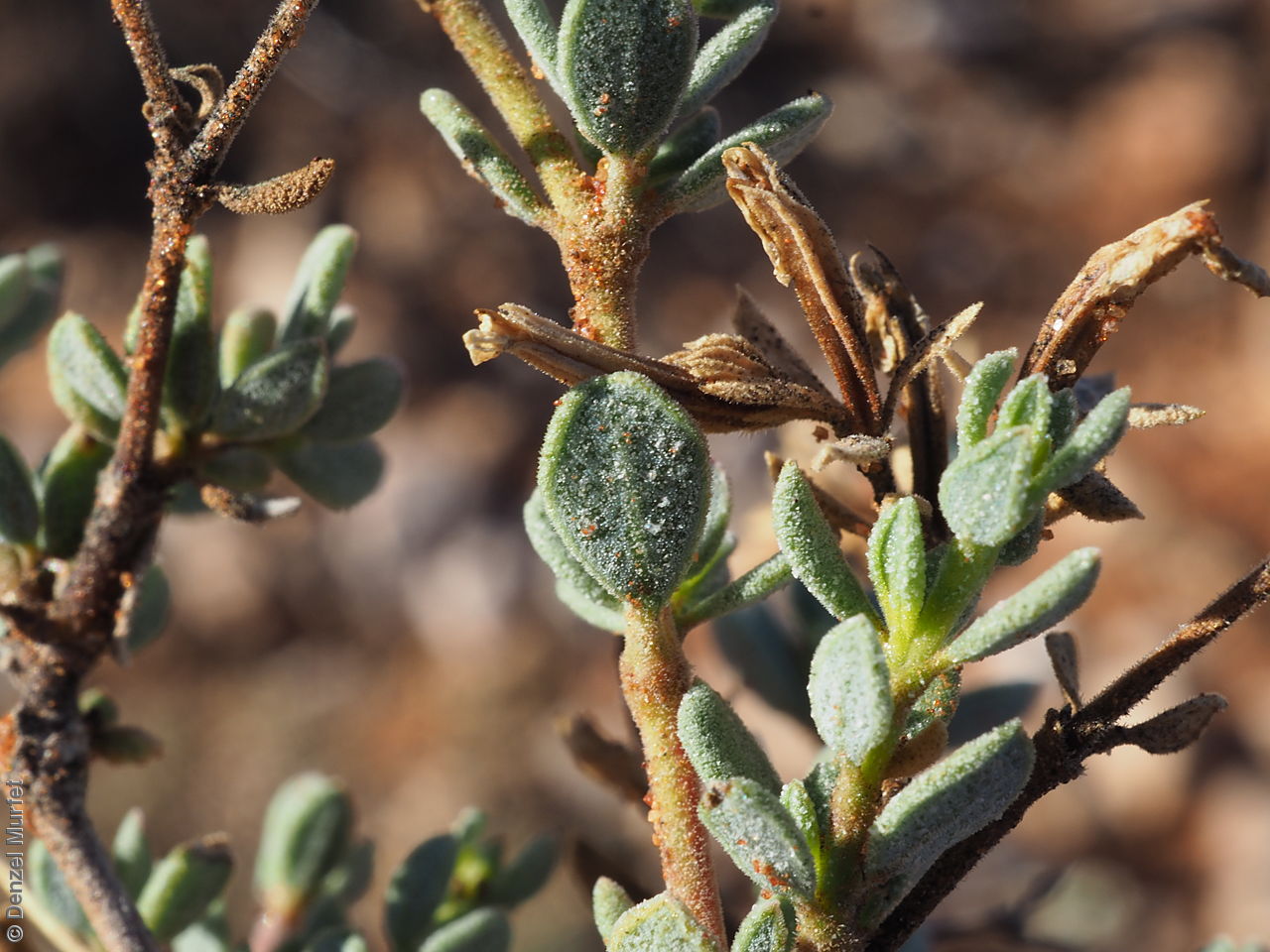
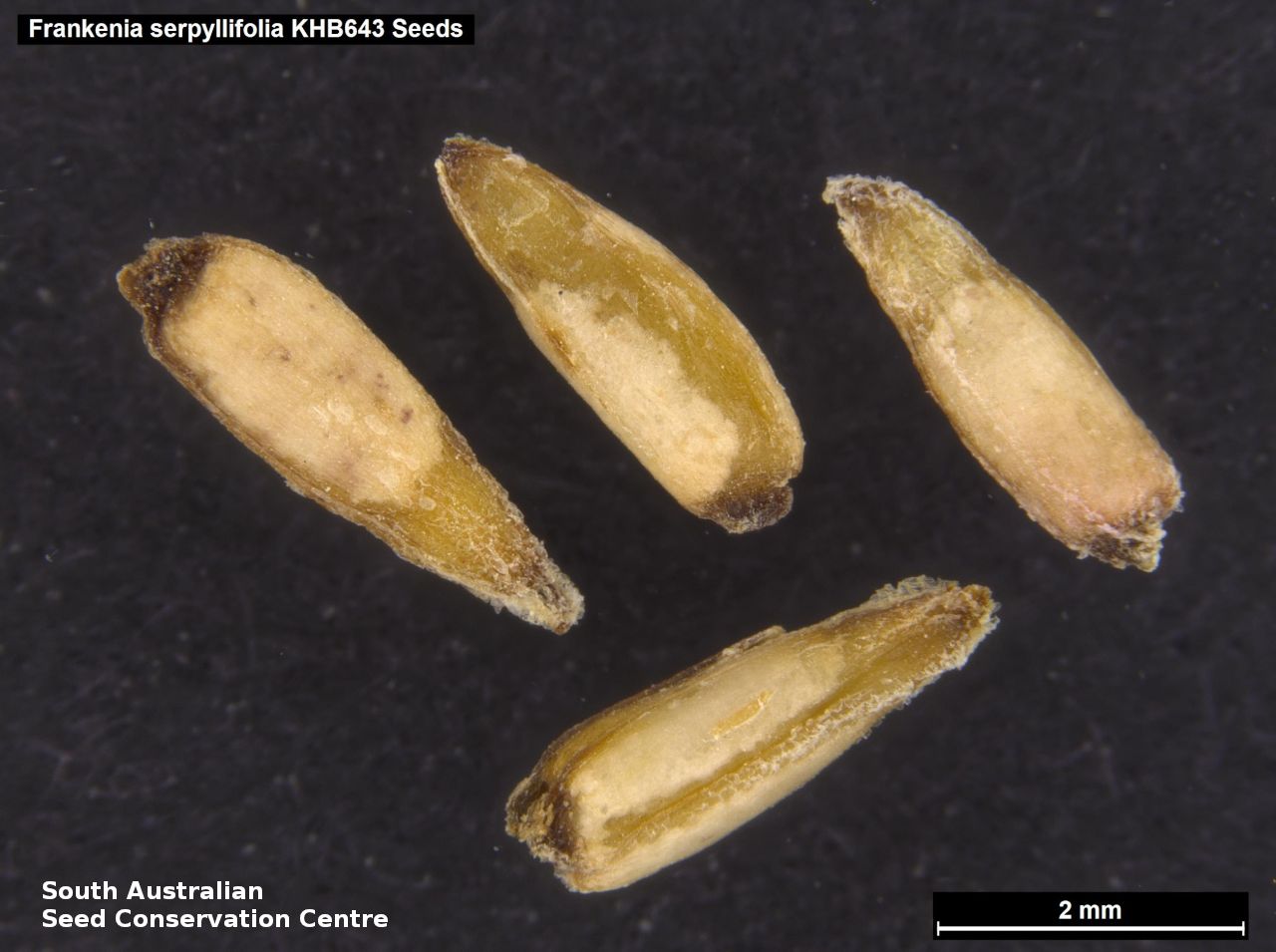
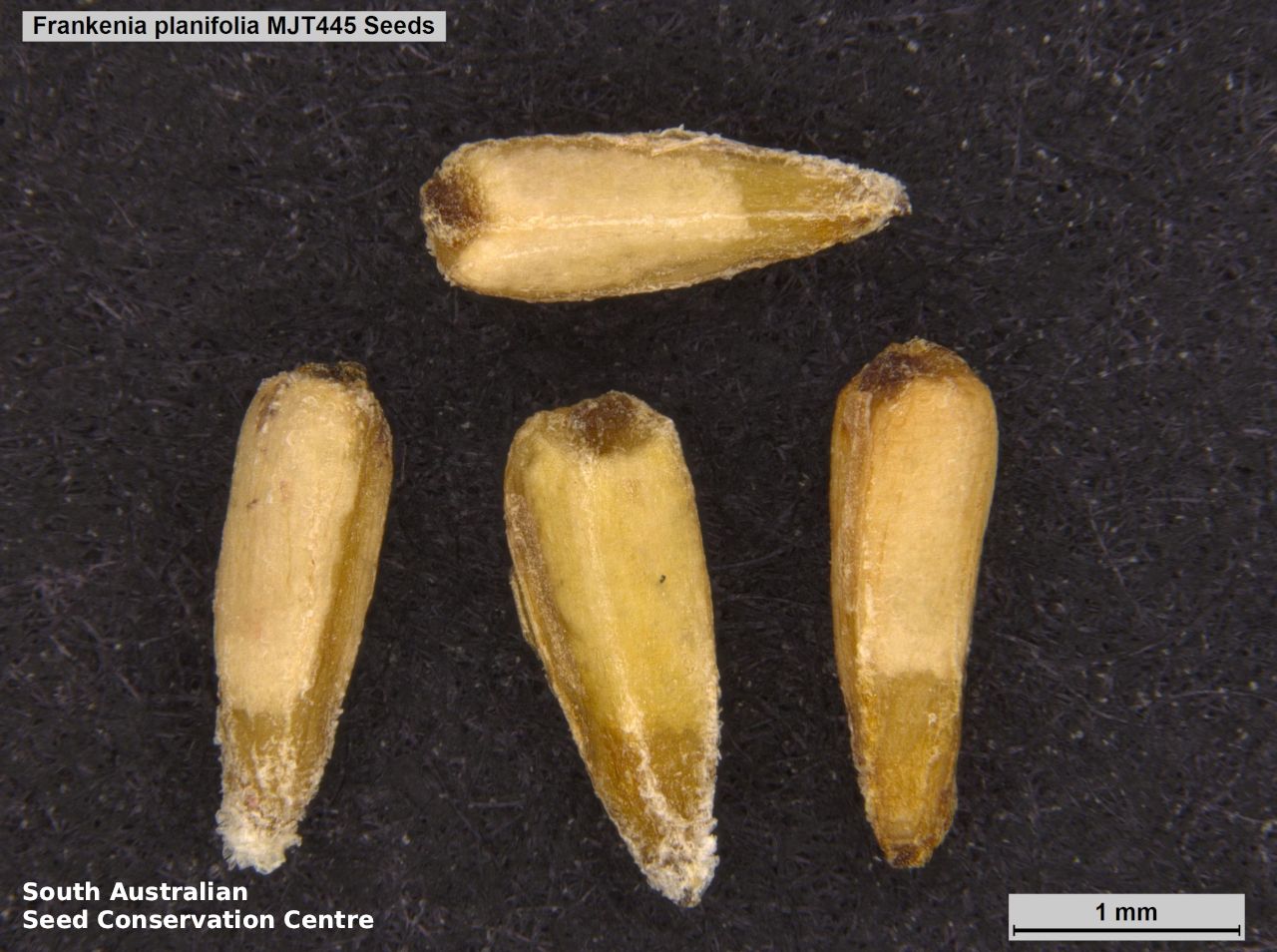

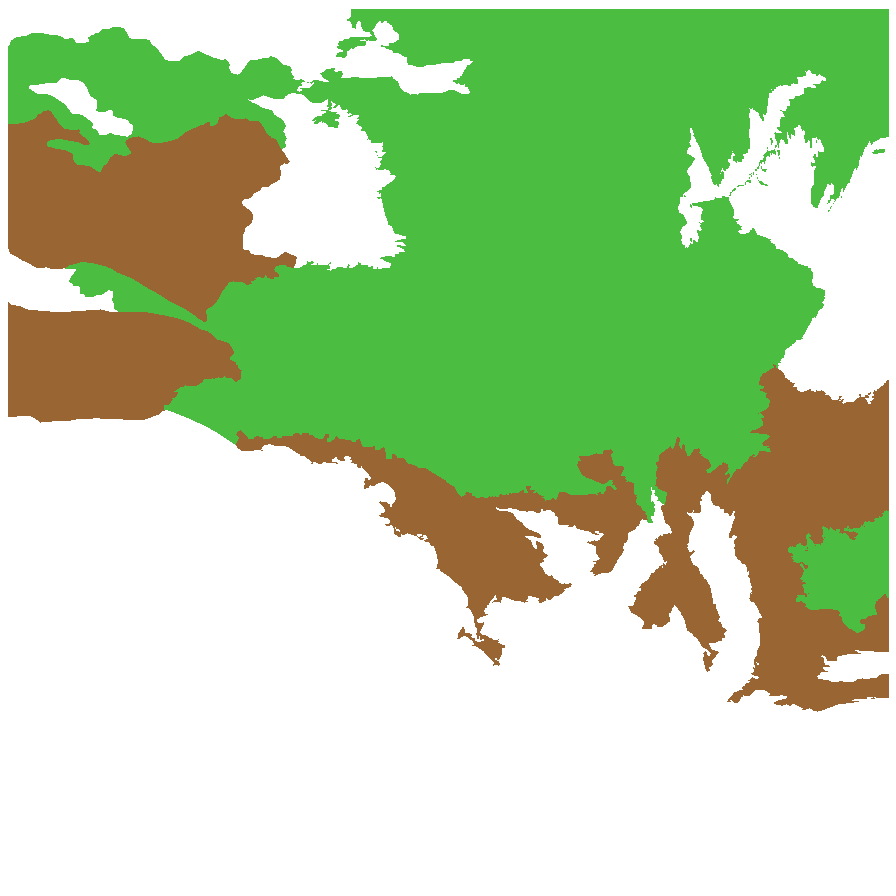
Botanical art
Prior names
Frankenia serpyllifolia var. eremophila
Frankenia planifolia
Frankenia latior
Frankenia hamata
Frankenia gracilis
Frankenia eremophila
Frankenia densa
Frankenia connata
Frankenia angustipetala
Frankenia pauciflora var. serpyllifolia
Frankenia flabellata
Common names
Clustered Sea-heath
Thyme Sea-heath
Etymology
Frankenia named after Johan Frankenius (1590-1661), a Swedish botanist. Serpyllifolia means having leaves like the species Thymus serpyllum (creeping thyme).
Distribution and status
Found scattered across South Australia growing on the maergins of salt lakes and salty depressions. Also found in the Northern Territory, Queensland, New South Wales and Victoria. Native. Common in South Australia. Rare in Victoria. Common in the other States.
Herbarium regions: North Western, Lake Eyre, Nullarbor, Gairdner-Torrens, Flinders Ranges, Eastern, Eyre Peninsula, Northern Lofty, Murray
NRM regions: Alinytjara Wilurara, Eyre Peninsula, Northern and Yorke, South Australian Arid Lands, South Australian Murray-Darling Basin
AVH map: SA distribution map (external link)
Plant description
Low, densely branched, sprawling to erect shrub with branches sparsely to densely covered in hairs to 0.5 or more; internodes to 32 mm long. Leaves on long-shoot to 13 mm long with petiole to 2.7 mm long, tapered distally to 1.2 mm wide, ciliate. Leaf-blade elliptic, oblong, obovate or ovate, to 8 mm wide, flat or with margins loosely to tightly revolute; midrib inconspicuous or prominent, linear to flat; surfaces greyish yellow-green, glabrous to densely covered in hairs; short-shoot leaves similar. Flowers 1–19 in terminal or axillary clusters or solitary. Calyx 5-lobed, to 10 mm long and 2 mm wide, glabrous to densely hairy; petals to 15 mm long; stamens 6; style-branches 2 or 3; ovules usually 2 or 3. Flowers throughout the year. Fruits are brown cylindrical capsule. Seeds are light brown, ovoid seed to 2 mm long and 1 mm wide. Seed embryo type is spatulate, fully developed.
Seed collection and propagation
Collect seeds between January and December. Look at the tip of branches for dried flower heads. Collect the heads that are cylindrical, brown, slightly fat at the base. This should contain small ovoid seed. Place the flower heads in a tray and leave to dry for at least a week. Then rub the dried heads gently to dislodge the seeds. Use a fine sieve to separate the seeds from the unwanted material. Be careful as the seeds are very small. Store the seeds with a desiccant such as dried silica beads or dry rice, in an air tight container in a cool and dry place. Seed set can be low but viability is high. Seeds are non-dormant, viable seed should germinate readily.
| Location | No. of seeds (weight grams) | Number of plants | Date collected | Collection number Collection location | Date stored | % Viability | Storage temperature |
|---|---|---|---|---|---|---|---|
| BGA MSB | 2,400 (2.44 g) 2,400 (2.44 g) | 50+ | 31-Oct-2013 | MJT445 Lake Eyre | 24-Mar-2015 | 100% | +5°C, -18°C |
Number of plants: This is the number of plants from which the seeds were collected.
Collection location: The Herbarium of South Australia's region name.
% Viability: Percentage of filled healthy seeds determined by a cut test or x-ray.